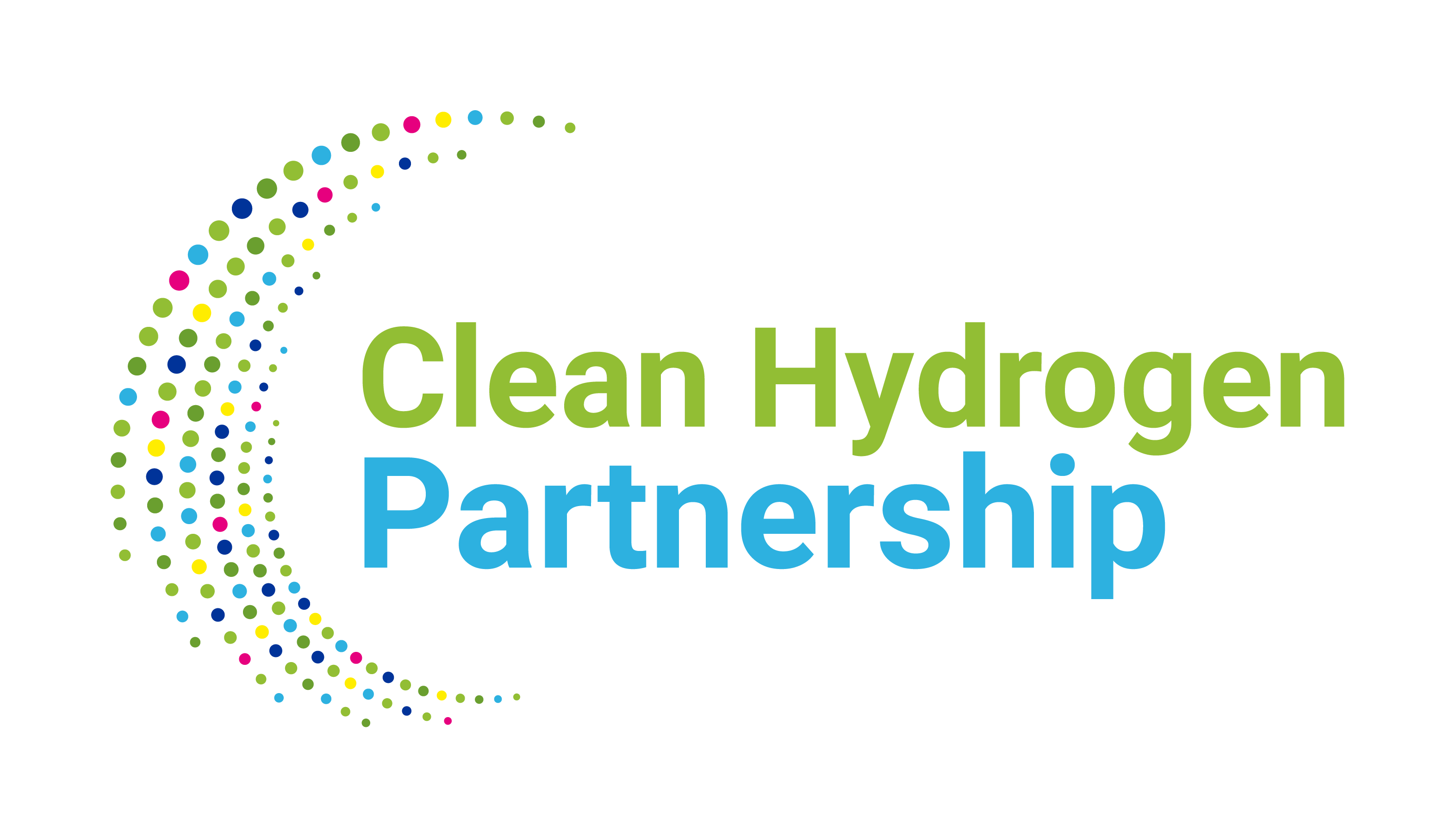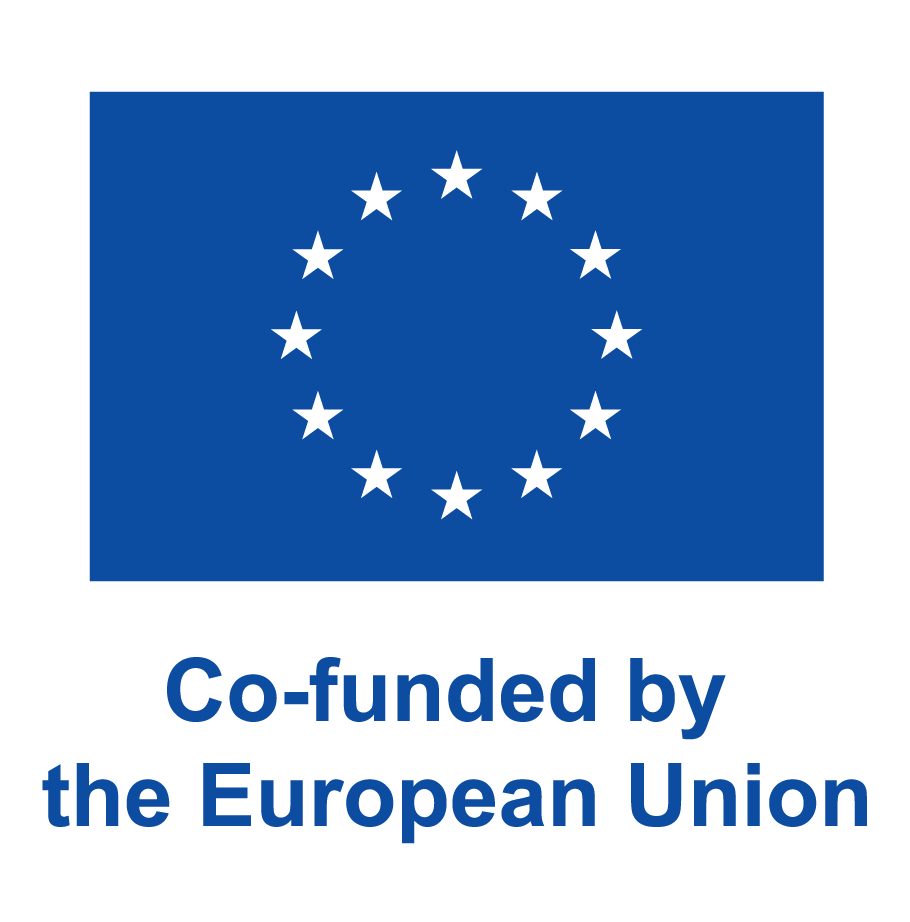Publications
2023
-
- Stabilization of Carbon-Supported Platinum–Rare Earth Nanoalloys during Electrochemical Activation, C. A. Campos-Roldán, J.-S. Filhol, H. Guesmi, M. Bigot, R. Chattot, A. Zitolo, P.-Y. Blanchard, J. Rozière, D. J. Jones, S. Cavaliere, ACS Catal., 2023, 13, 20, 13319–13324 - DOI: https://doi.org/10.1021/acscatal.3c03641
Carbon-supported platinum–rare earth nanoalloys are promising electrocatalysts for the oxygen reduction reaction. However, their structure–activity–stability trends are poorly understood. Herein, we followed the evolution of Pt–Nd/C nanoalloys during the electrochemical surface conditioning, i.e., prior to the initial evaluation of electrocatalytic activity, and observed that their compositional, morphological, and structural ex situ properties are considerably modified by the electrochemical activation step. It is these stabilized properties, therefore, that should be considered when discussing the electrocatalyst beginning-of-life state for the structure–activity–stability relationships rather than those determined ex situ on the as-synthesized electrocatalyst.
-
- Structure Dynamics of Carbon-Supported Platinum-Neodymium Nanoalloys during the Oxygen Reduction Reaction, C. A. Campos-Roldán, R. Chattot, J.-S. Filhol, H. Guesmi, F. Pailloux, R. Bacabe, P.-Y. Blanchard, A. Zitolo, J. Drnec, D. J. Jones, and S. Cavaliere, ACS Catal., 2023, 13, 11, 7417–7427 - DOI: https://doi.org/10.1021/acscatal.3c00371 - HAL: https://hal.science/hal-04156475
Platinum-rare earth nanoalloys have been predicted to be promising proton exchange membrane fuel cell (PEMFC) electrocatalysts for the cathodic oxygen reduction reaction (ORR). However, their implementation in PEMFCs is limited by the challenge of their preparation as carbon-supported nanostructures. Consequently, the practical structure–activity–stability trends for this class of nanoalloys remain largely unexplored. Herein, carbon-supported Pt–Nd nanoalloys as ORR electrocatalysts are described. The physical chemistry of selected electrocatalysts was extensively investigated by means of combined ex situ and operando techniques, which reveal the unique structural dynamics of Pt–Nd nanoalloys in a simulated PEMFC cathode environment. The experimental observations, supported by theoretical calculations, indicate that after initial significant structural modification in the early stage of operation, the ORR activity is mediated in the longer term by surface compressive strain rather than charge transfer between Pt and Nd. Such key operando structure–activity–stability relations underpin further optimization of carbon-supported Pt-rare earth nanoalloys as fuel cell cathode catalysts.
2022
-
- Platinum-Rare Earth Alloy Electrocatalysts for the Oxygen Reduction Reaction: A Brief Overview, Carlos A. Campos-Roldán, Deborah J. Jones, Jacques Rozière, and Sara Cavaliere, ChemCatChem 2022, e202200334 - DOI:
https://doi.org/10.1002/cctc.202200334 - OPEN ACCESS - PDF
- Platinum-Rare Earth Alloy Electrocatalysts for the Oxygen Reduction Reaction: A Brief Overview, Carlos A. Campos-Roldán, Deborah J. Jones, Jacques Rozière, and Sara Cavaliere, ChemCatChem 2022, e202200334 - DOI:
The development of highly active and long-term stable electrocatalysts for the cathode of proton-exchange membrane fuel cells (PEMFC) is a paramount requirement for high performance and durable PEMFC stacks. In this regard, alloying Pt with rare earth metals (REM) has emerged as a promising approach. This short review summarizes and discusses the most relevant advances on Pt- REM alloy electrocatalysts, from bulk polycrystalline surfaces to carbon supported nanostructures, for the oxygen reduction reaction (ORR), and their implementation in PEMFCs, and is a starting point to establish the challenges in synthesis and design and properties goals for novel Pt-REM alloys.
-
- Nitrogen Plasma Modified Carbons for PEMFC with Increased Interaction with Catalyst and Ionomer, A. Parnière, P.-Y. Blanchard, S. Cavaliere, N. Donzel, B. Prelot, J. Rozière and D. J. Jones, 2022 J. Electrochem. Soc. 169 044502 - DOI: https://doi.org/10.1149/1945-7111/ac609e - OPEN ACCESS - PDF
Vulcan XC72 carbon black, conventionally used as electrocatalyst support in proton exchange membrane fuel cells, was doped with nitrogen functionalities by exposing it to nitrogen plasma, and the effect on its morphology, structure and texture and surface properties was investigated. In particular, the strength of the interaction between the modified carbon and Nafion® ionomer was evaluated by isothermal titration calorimetry, and an enhanced exothermic effect was observed on increasing the amount of nitrogen at the Vulcan surface. The undoped and nitrogen-doped carbon blacks were catalysed with Pt nanoparticles, and the resulting materials were characterised for their electrocatalytic properties towards the oxygen reduction reaction. The electrocatalyst using nitrogen-doped supports are characterised by higher activity and stability, which is attributed to a strong Pt-support interaction promoted by the presence of the heteroatoms.
 |  | This project has received funding from the Fuel Cells and Hydrogen 2 Joint Undertaking (now Clean Hydrogen Partnership) under grant agreement No 101006641. This Joint Undertaking receives support from the European Union’s Horizon 2020 Research and Innovation program, Hydrogen Europe and Hydrogen Europe Research. |
